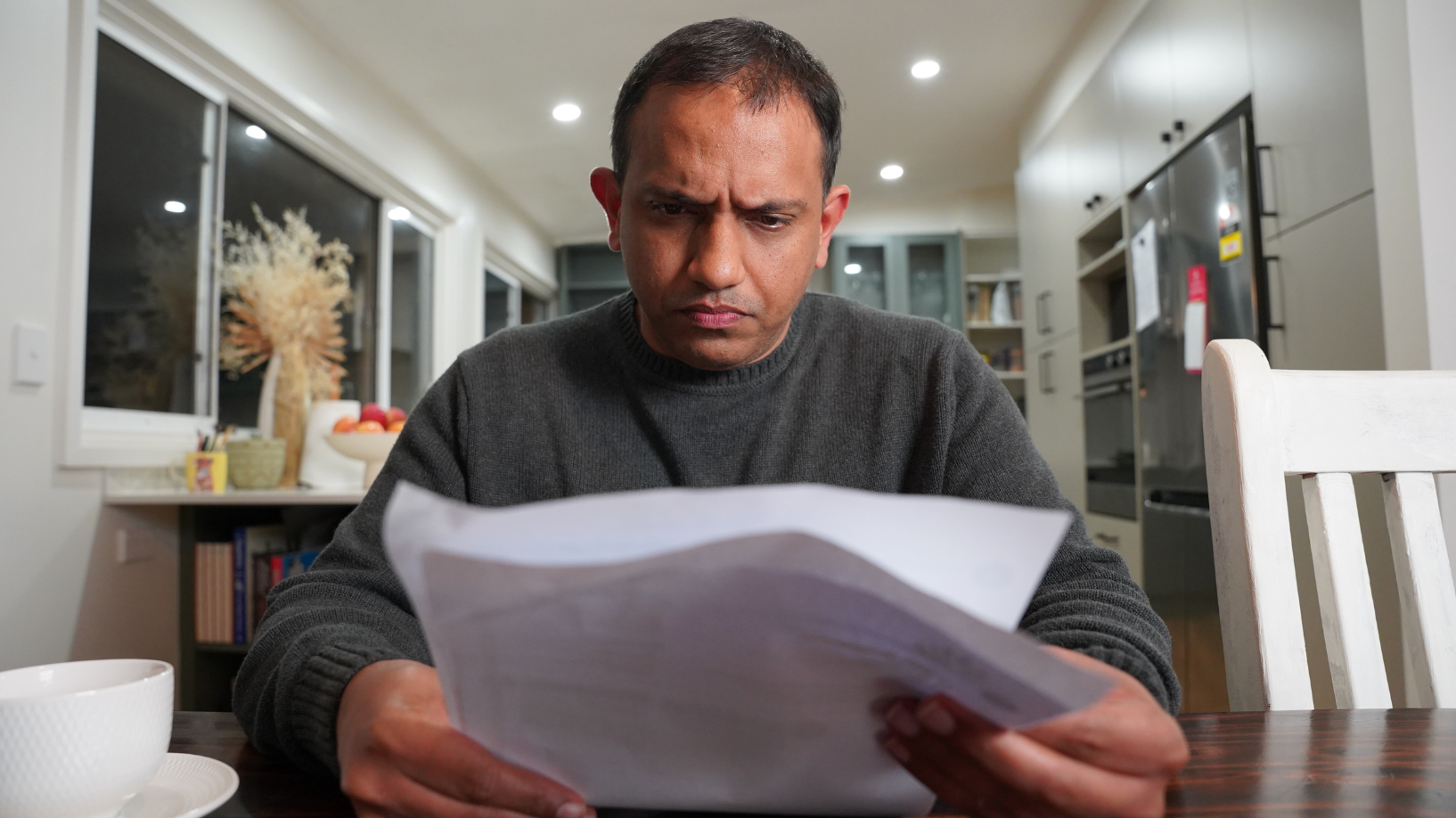Making sure that you’re on the right energy plan for your circumstances is one of the most important things you can do to help manage your energy bill.
We recommend checking if your household could be on a better energy deal once a year.
In this article, we outline the different types of energy plans and the steps you can take to get the best energy plan for your household.
Here are five steps you can take to make sure you're on the best energy plan:
1. Understand your current energy plan
The first step is to know what energy plan you’re on, including what tariff/s and rates you’re receiving, as well as any other specific features or discounts. Your energy bill will tell you the name of your plan, as well as other key pieces of information.
As a start, it’s a good idea to find out what type of tariff you are on, as this will affect how you are charged for your energy use. Here’s a quick summary of the different tariffs you may see on your bill.
A flat rate tariff (also known as a single rate) is a fixed price you pay for the energy you use, whatever time of day you use it.
Demand tariffs are based on the highest amount of electricity you use during a given period in your billing cycle.
A time-of-use tariff means you pay a different amount for electricity at different times of the day. These are typically separated into peak, off-peak, and shoulder periods.
You might be able to save money on this kind of tariff, if:
- You can easily change when you use your energy to times when prices are cheaper
- You have solar.
However, time-of-use tariffs aren't for everyone, and you need a smart meter to access one.
If you’d like more detailed information about the different parts of your bill and what they mean, read our article, What makes up the cost of a power bill?
2. Review your energy usage
Understanding when you use the most energy is a useful exercise to see where you can become more efficient. For example, understanding what time of day you typically use the most energy can help you understand if a time-of-use plan is right for you. A good question to ask yourself is 'when do I most use heating, cooling and hot water?' as these three things generally make up most of your energy costs.
3. Contact your energy retailer
If you’ve been with an energy provider for a long time, they will likely have better deals that are now available. This means it’s important to contact your energy retailer to make sure you’re on the best deal for your circumstances.
Questions you can ask your retailer include:
- Am I on your best plan?
- Do you have a better offer that would suit my household and our energy use?
- Am I eligible for any concessions or rebates? OR I’m a government concession holder, can you make sure any concessions I’m eligible for have been applied to my bill?
- Am I paying any extra fees, such as for receiving a paper bill, or paying late?
- Can I pay my bill more often, and will my costs be estimated? (This can be helpful to manage your budget and avoid bill shock).
Don’t want to talk on the phone? Check your retailer’s website for any live chat functions or a contact email address.
4. Visit an energy comparison website
There are two government energy comparison websites you can use.
The websites list all the offers available to you from licensed energy retailers. To be listed on the website, the company needs to be an authorised retailer and be registered with the Australian Energy Regulator.
Location | Contact Details |
|---|---|
NSW, SA, ACT, TAS, or QLD | www.energymadeeasy.gov.au or call 1300 585 165 |
Victoria | www.compare.energy.vic.au or call 1800 000 832 |
Have your previous bill handy as you’ll be asked to upload it and/or need to refer to it. However, if you don’t have a bill available, or don’t want to upload your data, you can still use these tools based on estimates.
If you’re comparing electricity plans, you will be asked to provide your National Metering Identifier (NMI) – this is the unique number of your electricity meter for your home. You can find this on your bill (as an example, it’s highlighted in yellow below).
5. Make a choice
Once you enter a couple of quick bits of information, the energy comparison website will give you a list of offers. Then you have two choices:
OPTION A: I will take the top recommendation
The easiest way to choose an offer is to look at the overall estimated price per month/quarter/year that the comparison website gives you.
OPTION B: I will do more research myself
If you want to take more control, look at the different types of offer yourself and make up your own mind.
The top things to consider when comparing an energy deal are:
- Whether you’re on a fixed or variable charge rate
- The type of tariff you’re on
- The ‘usage’ rate
- The daily ‘supply’ charge.
Read our factsheet, What makes up the cost of a bill?, to understand what these mean.
Remember that there are sometimes additional fees to look out for. Potential additional fees can be for things like receiving your bill in the mail, not paying your bill on time, or for using a credit card to pay your bill.
Some plans also have incentives to encourage you to sign up, such as a discount on your bill, sign-up credit for new customers, or frequent flyer points. This can be a good thing (make sure to check you are eligible first though!) but be careful to look at how long the discount period lasts for, and how much your bill will increase once the discount period has ended. This is called a 'honeymoon period'
Extra tips
- Receive Centrelink payments? You can use Centrepay to make regular payments for your energy bills. You can set this up yourself or ask your retailer or Centrelink to do so.
- Set an annual reminder in your calendar to check if you’re still on the right deal for your circumstances. What was the best deal one year ago, may no longer be the best deal anymore.
Need more support? Speak with your retailer.
If you can’t pay your energy bill, or you think you’ll struggle to pay it in the future, don’t wait until you receive a disconnection warning notice to seek help. Your retailer is obligated to help you and has programs in place to do so. The sooner you ask for help, the sooner you can receive it.
You may like to say:
- “I’m having trouble paying my bill. What can you do to help?”
- “I can only afford (say how much you can afford per fortnight/month)”
- “My circumstances have changed, and I don’t think I will be able to pay my upcoming bill, what can you do to help me?”
Get more advice on what support you can access if you’re struggling to pay your energy bill read our article, What support can I access if I'm struggling to pay my bills?
National Debt Helpline
If you need more help to manage bill stress and/or other debts, call the National Debt Hotline on 1800 007 007 to speak to a financial counsellor. This is a free, independent, and confidential service.

